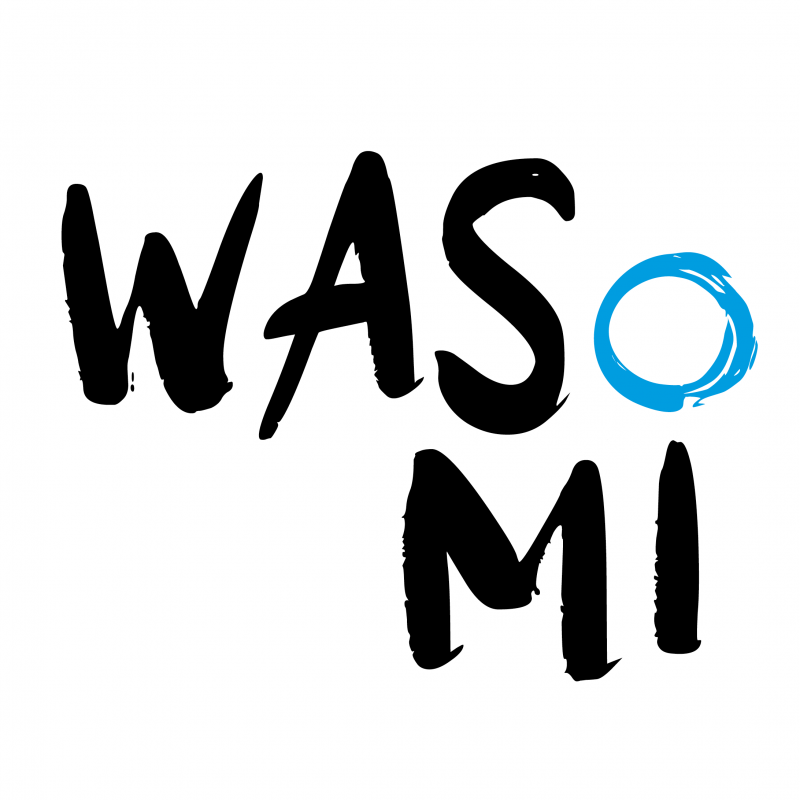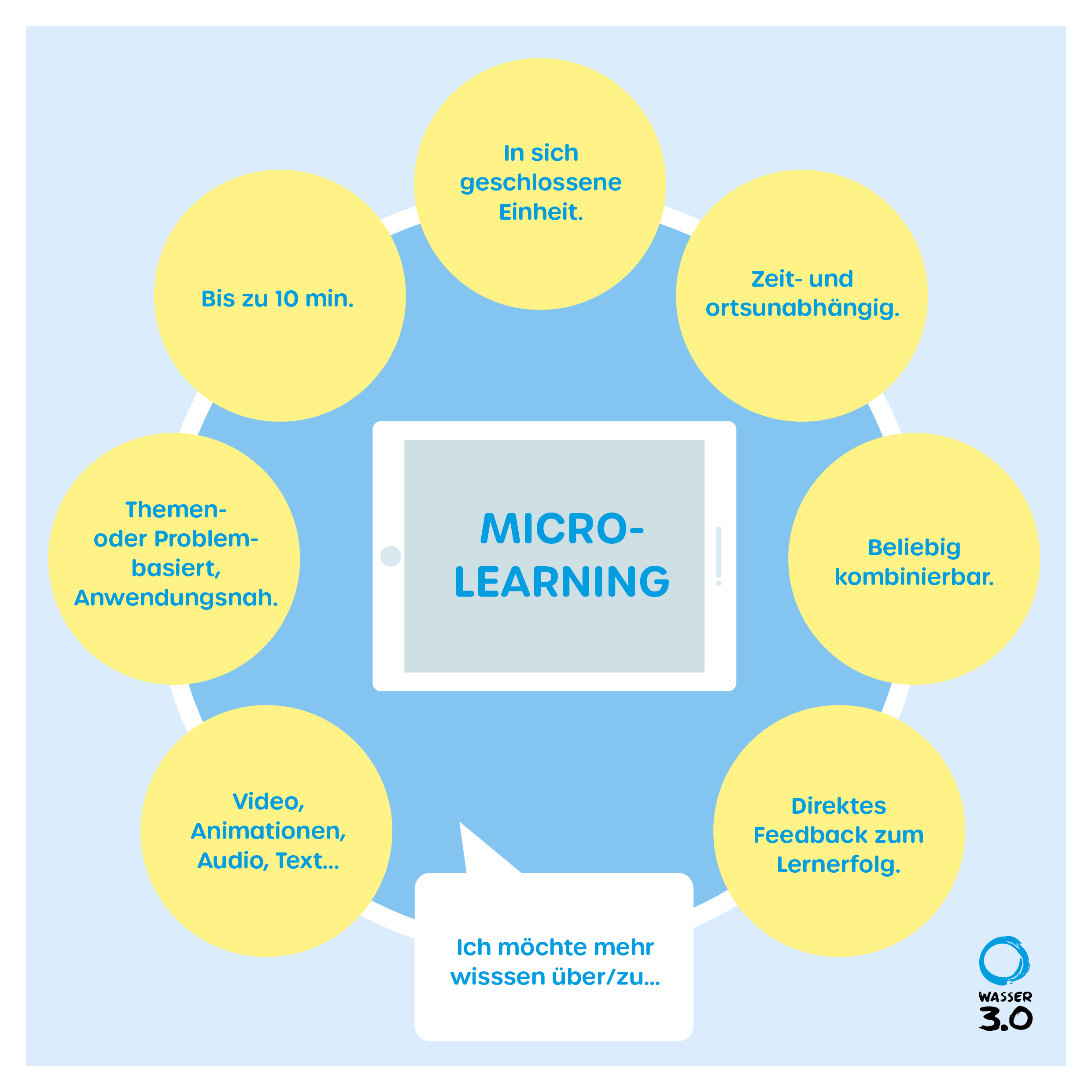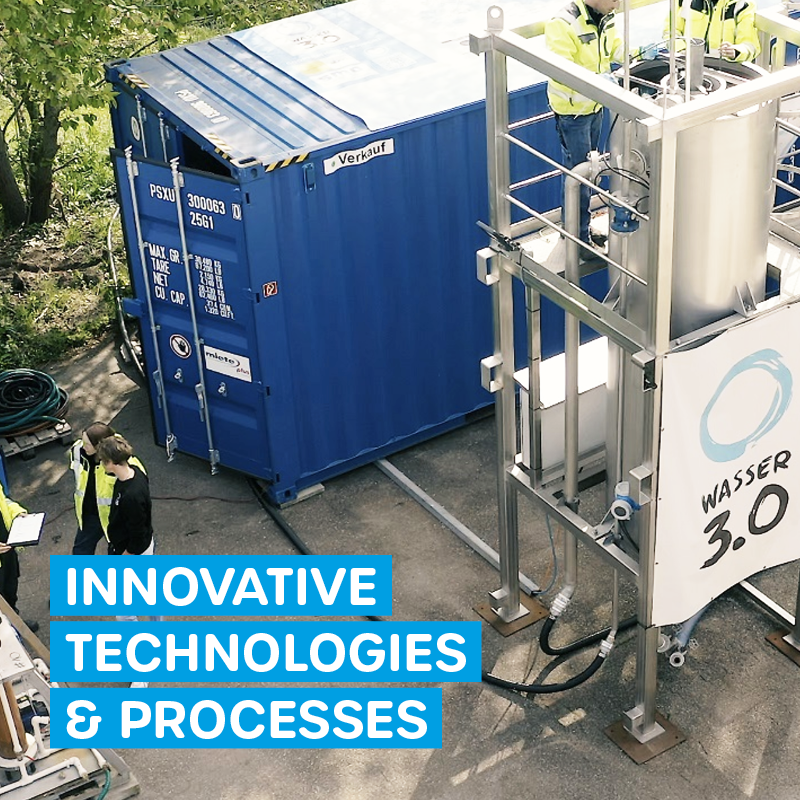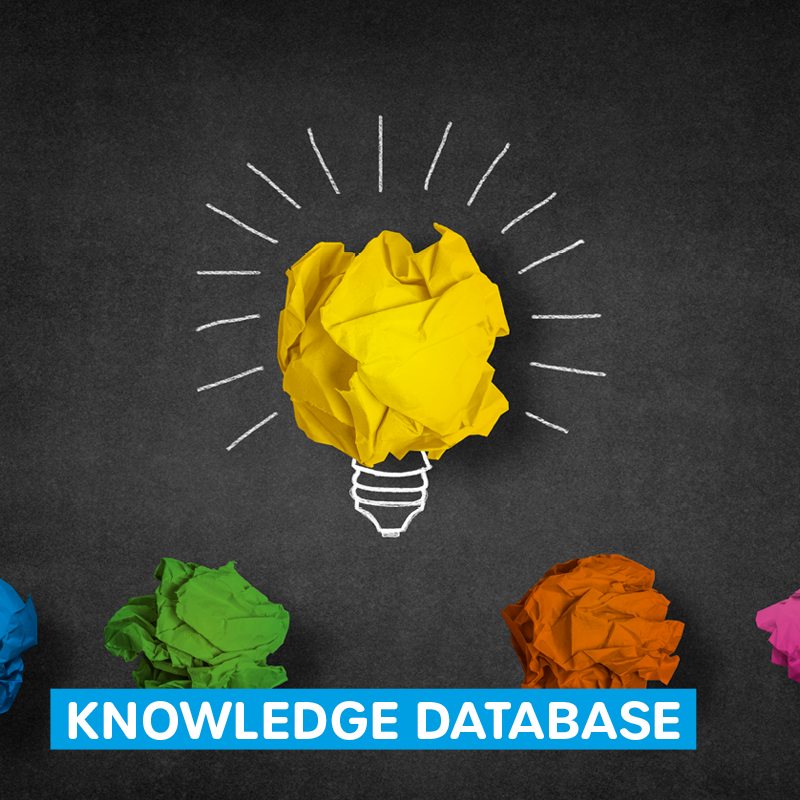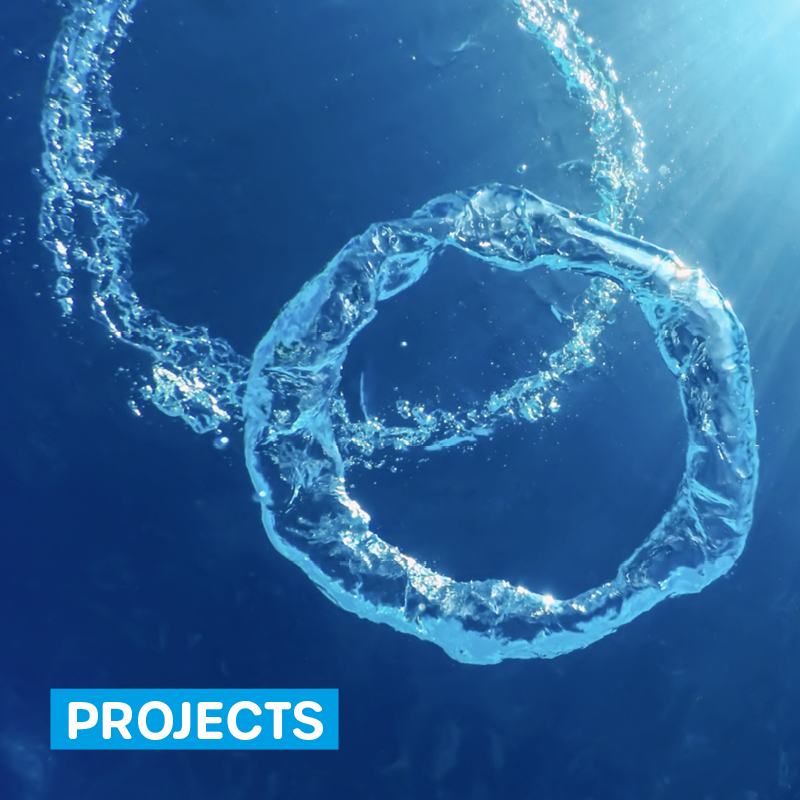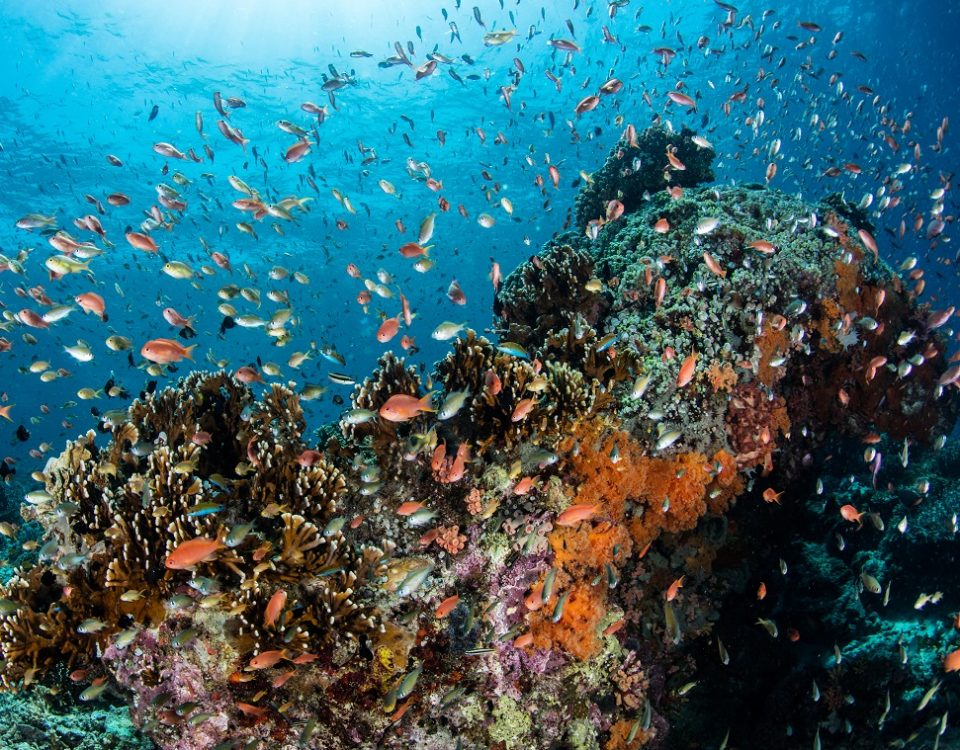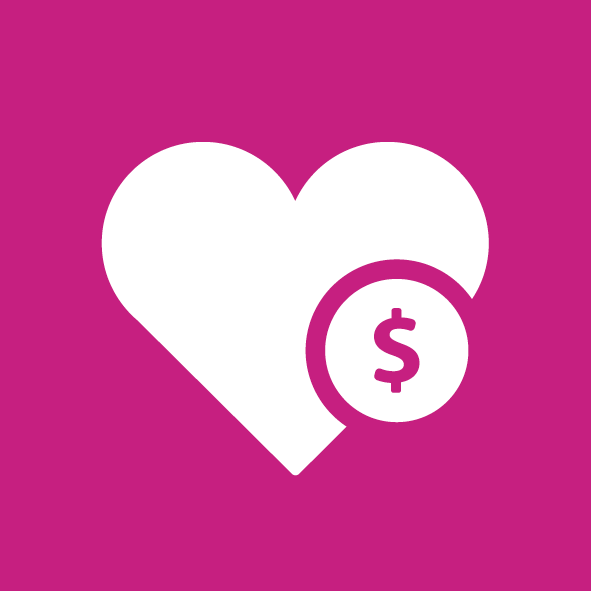
Educational mission or water without microplastics
Education is one of the important levers for water without microplastics.
Within our educational area we join forces and thus create a multi-perspective impact and impact acceleration.
Our central question is: How are plastics as everyday helpers an environmental problem and what can we do about it? Our underlying conviction: Only those who know the production, use and recycling cycle of plastics can truly act sustainably.
Our response: WASoMI - the Wasser 3.0 educational mission
The challenges of clean water and microplastics are immense. The chemical, physical and technological interrelationships are complex. And so are the political, social, and economic dimensions.
With our educational work, we want to close the gaps in our knowledge so that we can take more effective action against the pollution of our water with microplastics. Our goal: water without microplastics (from German: Wasser without microplastics = WASoMI), which appropriately means scholar in the African language Kiswahili.
Sustainable action requires problem awareness. Questions on why and how changes are necessary and possible need answers. But answers alone are not enough. It takes "aha" moments to transform knowledge into understanding and give us the inner drive to become agents of action.
To achieve this, we combine the best of different worlds in our education sector: Real and virtual spaces, individual and collective learning, sound knowledge transfer and concrete action, open experimentation, and tangible closeness to nature.
Education: key factor and lever
Education is a key factor for more innovation, higher ethical standards, and sustainable action. Education is a key lever for water without microplastics.
In our Articles of Association, we have committed to investing our profits in both further research projects and educational projects. Our educational mission is to promote innovative solutions, research, and critical thinking. We are committed to helping learners become responsible citizens, consumers, and producers.
As a very young company, our educational work is currently possible thanks to the support and funding of our sponsors and donors. At this point, a heartfelt thank you to you - our educational projects are our joint success!
SDG 4 of the Sustainable Development Goals
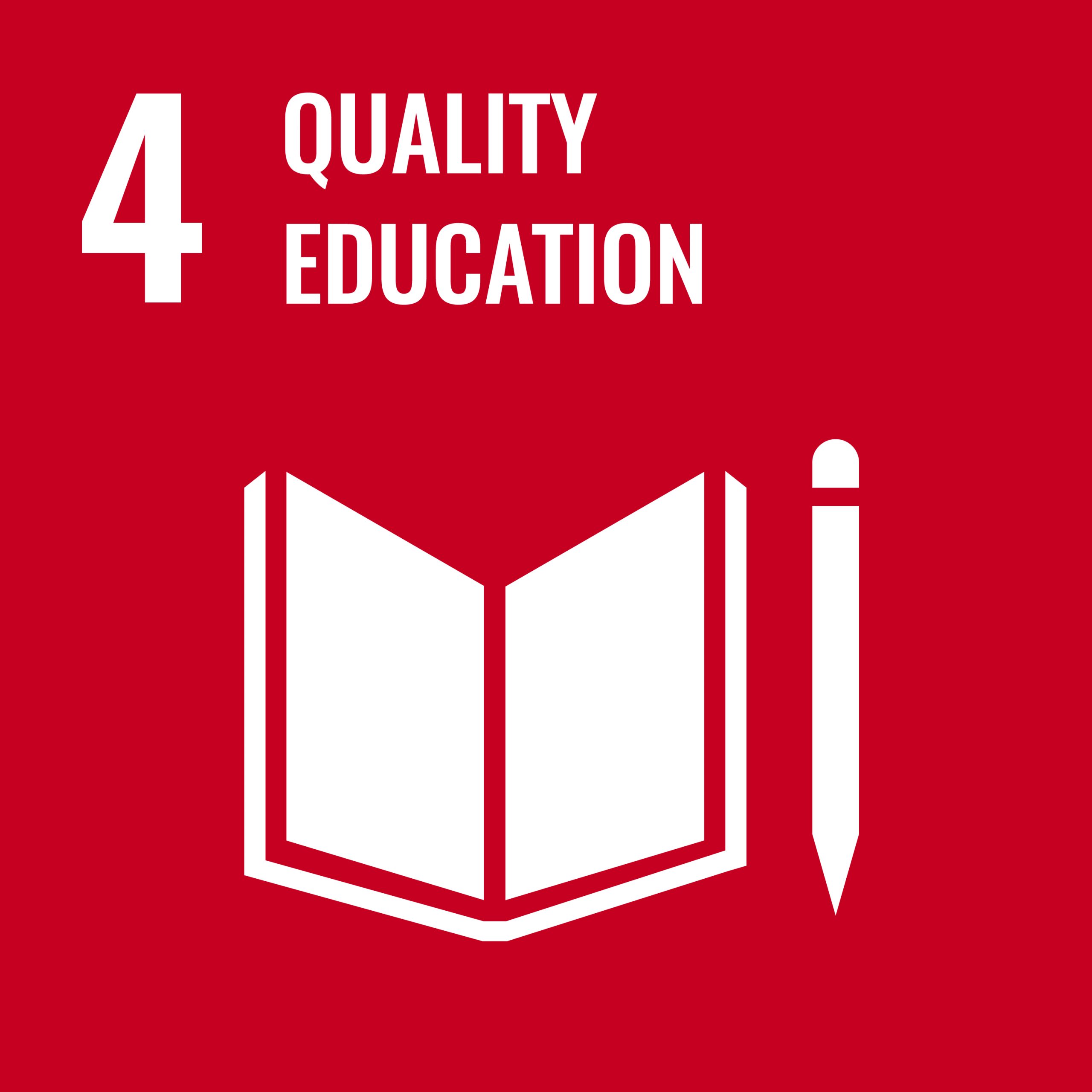
We are also committed to achieving the UN Sustainable Development Goals through our educational work. In relation to Goal 4, this means ensuring inclusive, equitable, and quality education and lifelong learning opportunities for all.
Education equips learners of all ages with the skills and values necessary to be responsible global citizens. This includes respect for human rights, gender equality, and environmental sustainability. Investing in education and strengthening the education sector are key to the development of a country and its people.
WASoMI builds didactically on the WHY – HOW – WHAT – WHO – WHERE – WHEN-analysis
- education is a human right. Quality and accessible education, as also enshrined as one of the UN Sustainable Development Goals, is the key to individual opportunity, the basis for innovation, and a prerequisite for the sustainable development of the planet.
- How do we shape a world fit for our grandchildren? Well-founded knowledge as well as systemic and critical thinking and the feeling of self-efficacy are decisive factors for truly sustainable action.
- Educational offers that allow easy (barrier-free) access to the complexity and abstraction levels of climate and environmental protection are in demand. They not only impart knowledge, but pick up individuals where they are, engage them, create group awareness, enable self-efficacy, create impact, and are fun.
- Through such educational opportunities, individuals can recognize and measure their impact: The goal is impact acceleration. Everyone recognizes: My actions have consequences - not only for me, but also for others. I can contribute to improving the world, even if just a little. It is precisely these insights that are urgently needed to initiate change so that future generations can also live well.
- Sustainable action along the entire value chain requires knowledge of such value chains and an understanding of the processes. Acquiring this knowledge and understanding needs qualified, trustworthy, and contextualized information with transparent, data-based sources. It makes sense to prepare this information in a networking and sensitizing manner in education/training and to make it available in a way that is free of advertising and barriers.
One room, many ways of imparting knowledge - with microlearning
The advantages of microlearning
- Flexible: independent of time and place, e.g., unproductive times and waiting times are bridged.
- Suitable for everyday use: At home, on the road, at school, at work - knowledge available when it is needed.
- Cost-effective: Once created, usable by many.
- Barrier-free: Manageable units for low-threshold access.
- Up to date: new developments are integrated quickly and without much effort.
- Individual: Contents, speed, sequence can be designed as desired.
Why all this?
-
WASoMI is about increasing the usability of the educational space within a school context with an interactive exercise platform.
-
Through this, we create different, individually designable perspectives on the focus topics polymers, plastics, plastics and microplastics, as along with direct references to active environmental protection.
-
The educational transfer (suitable for everyday use - education/training based on curricular standards) focuses on synergies of two topics that schools must increasingly consider: digitization and environmental sustainability.
-
The currently formulated expectations of digitally supported teaching, and often also the resistance to it, are often based on ideas based on the educational media currently available on the market or the presentations of digital classrooms. Reservations are often based on previously failed attempts at innovation.
-
Especially acute digitization steps, such as the ad hoc changeover in times of the Corona pandemic, where lessons were moved from the classroom to the home, posed great challenges to teachers. These measures could not be prepared either technically or didactically and thus led in many places to situations in which students, teachers and guardians were overwhelmed. If we also look at the transferability of school-based learning to the secondary, vocational, dual, and similar sectors, new teaching/learning methods suggest a new challenge.
-
New teaching/learning media and practice rooms form the basis for a fundamental increase in knowledge and the transfer of options for action for the future.
-
Especially the field of environmental protection and nature conservation would benefit enormously in the long term.

